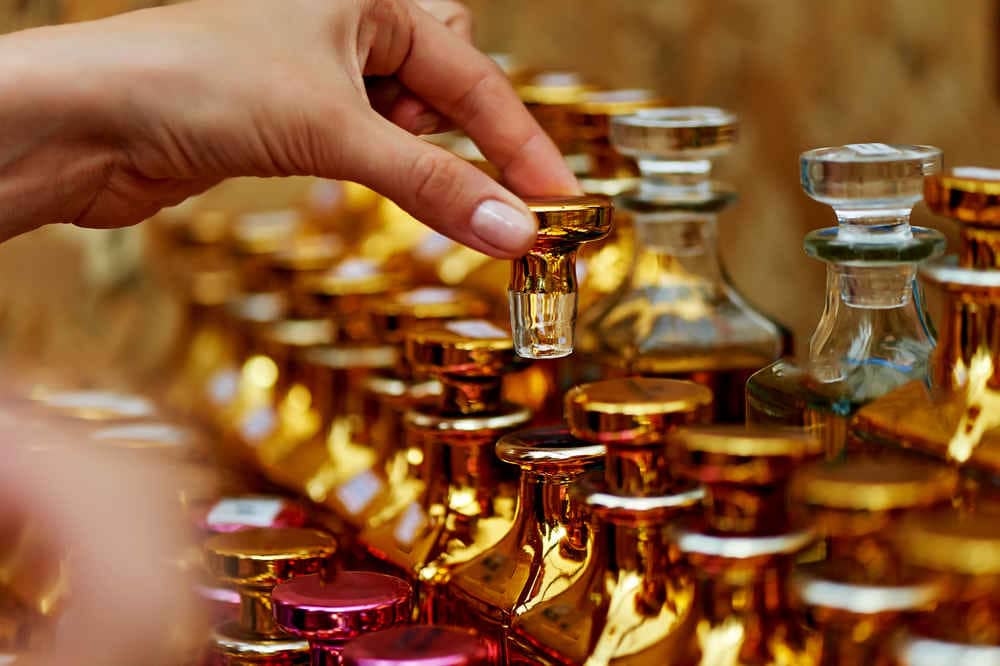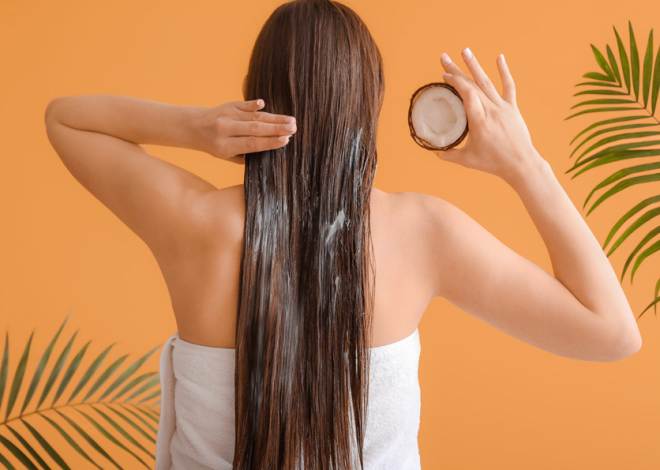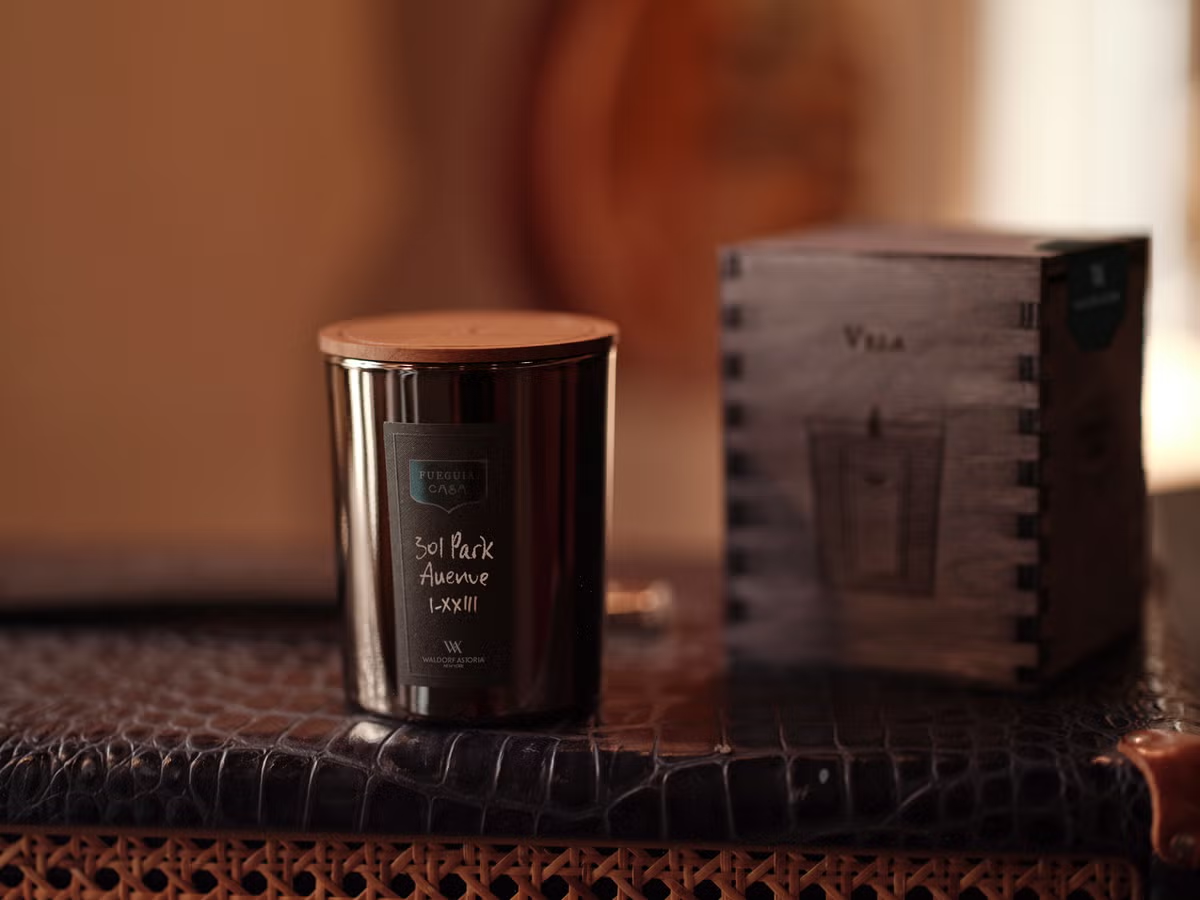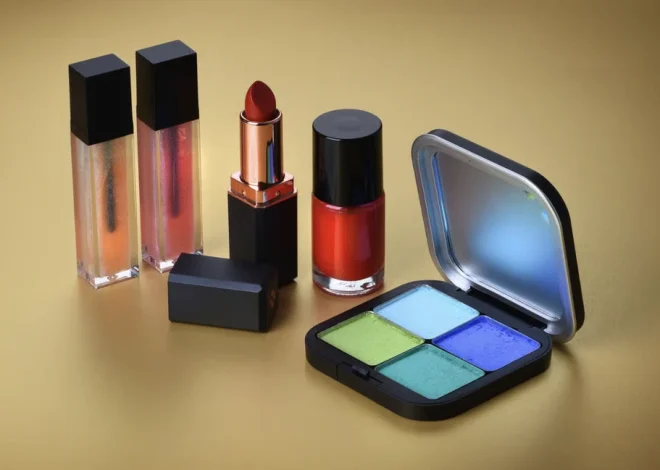Dispelling 5 Common Myths About Fragrance Design

Fragrances are a part of our everyday lives, from the flowers we encounter to the perfumes we wear and even the products we use daily. Despite being so prevalent, there are still numerous misconceptions surrounding fragrance design that have circulated for years. You might have even heard a few yourself and taken them as truths.
In this article, we aim to clarify and debunk the five most widespread myths about fragrance design. Let’s get started:
Myth #1: Designing Fragrances Is a Simple Task
Movies often depict perfumers blending various scents effortlessly, creating the perfect fragrance without much thought. While this makes for entertaining content, it doesn’t reflect reality. The process of fragrance design is a complex art that requires extensive training and years of practice.
Creating a fragrance involves more than just mixing oils—it requires understanding customer preferences, technical know-how, regulatory requirements, and a creative approach. The fragrance in any product, whether it’s a soap, candle, haircare product, or lotion, is part of a broader sensory experience, one that encompasses the product’s design, packaging, and branding. So, the next time you hear someone say fragrance design is easy, feel free to share this insight!
Myth #2: Fragrance Design Is a Solo Endeavor
While it’s technically possible to start a fragrance business alone, fragrance design is an intricate combination of art and science. It’s not something that can be easily mastered without guidance or collaboration.
Knowing how to blend different fragrance oils, understanding their behavior in various products, and achieving the perfect balance takes significant practice and experimentation. While you might have a few successful attempts, without proper training, you will likely hit a wall. It’s a craft that requires continual learning, mentorship, and collaboration.
Myth #3: The Best Way to Test a Fragrance Is on a Paper Strip
Although this myth holds some truth, it is not entirely accurate. Paper strips are often used for testing, but they don’t perfectly replicate how a fragrance will behave in its final product.
If you’re testing a fragrance intended for a product like a soap or body cream, the best way to assess its true scent is by smelling it in that product. Unfortunately, this isn’t always possible, which is why smell strips are used as a compromise. It’s important to avoid smelling directly from the bottle, as the fragrance inside might not be represented accurately due to the way the fragrance interacts with the air in the bottle. Always use a test strip for a better approximation of the final scent.
Myth #4: Storing Fragrances in the Bathroom Is Fine
Many people mistakenly store their perfumes in the bathroom, thinking the cooler temperature will help preserve them. While fragrance oils are sensitive to heat, temperature fluctuations—something bathrooms are notorious for—are even more damaging.
Direct exposure to ultraviolet light can also degrade the fragrance, so even a vanity table isn’t ideal for storing your perfumes. The best way to preserve a fragrance is by storing it in a cool, dark place, away from sunlight. While some people opt to store their perfumes in the fridge, a simple, dark shelf works just as well for most fragrances.
Myth #5: Essential Oils Are Safer and Cause Fewer Allergic Reactions
There’s a common belief that essential oils are inherently safer than synthetic fragrance oils, but this isn’t entirely accurate. Essential oils are derived from natural sources, while fragrance oils are often synthesized in labs and can include essential oils as part of their composition. Just because something is natural doesn’t mean it’s free from potential allergens.
Allergic reactions can happen with both synthetic and natural oils. Just as some people are allergic to peanuts or shellfish, they may also have an allergic reaction to essential oils. The best way to ensure a product is safe for your skin is by performing a patch test first.
Need Help with Fragrance Design?
If you’re looking for a reliable supplier of wholesale fragrance oils in Australia, you’re in the right place! Contact us for more information or to place an order.



